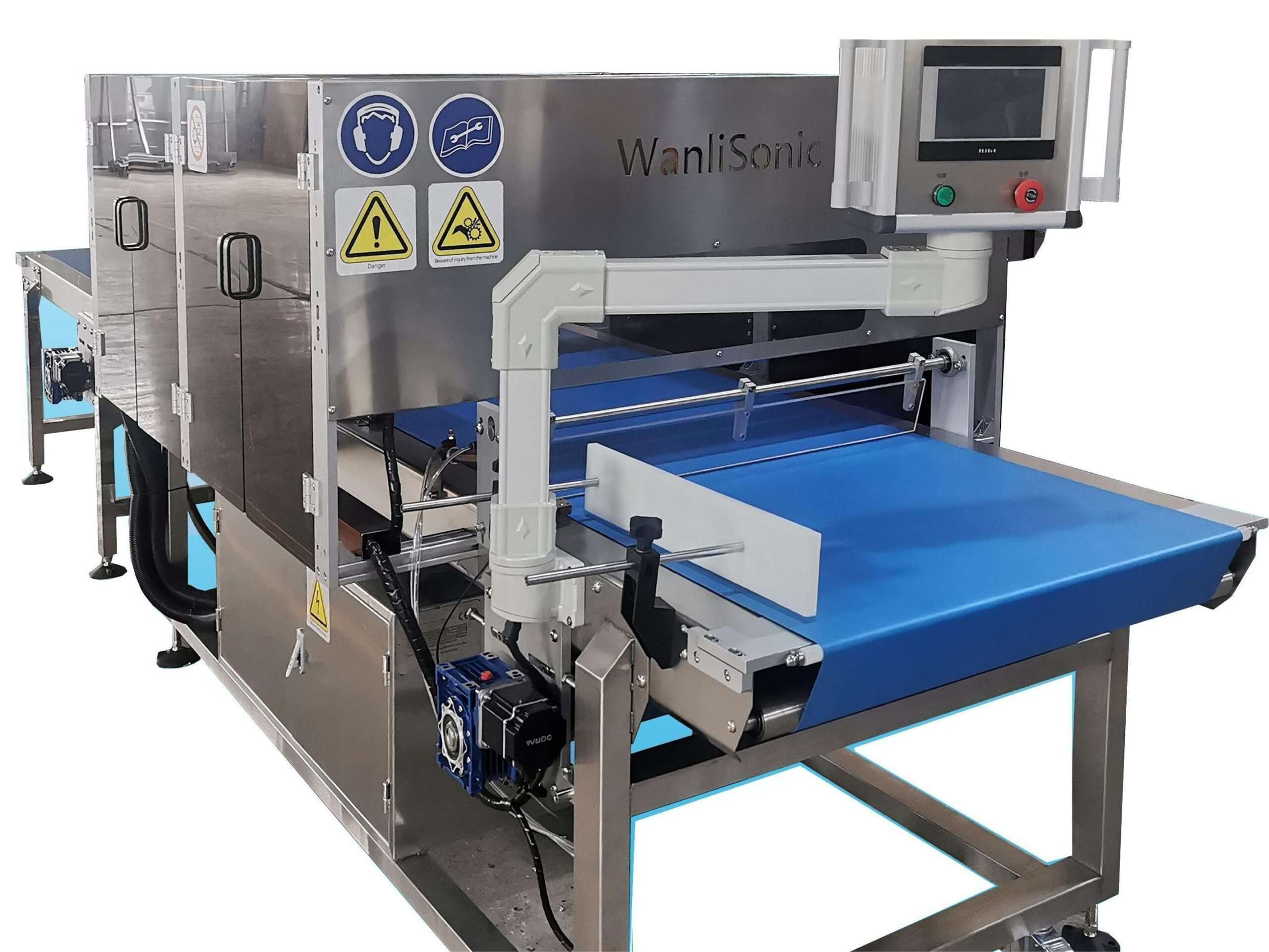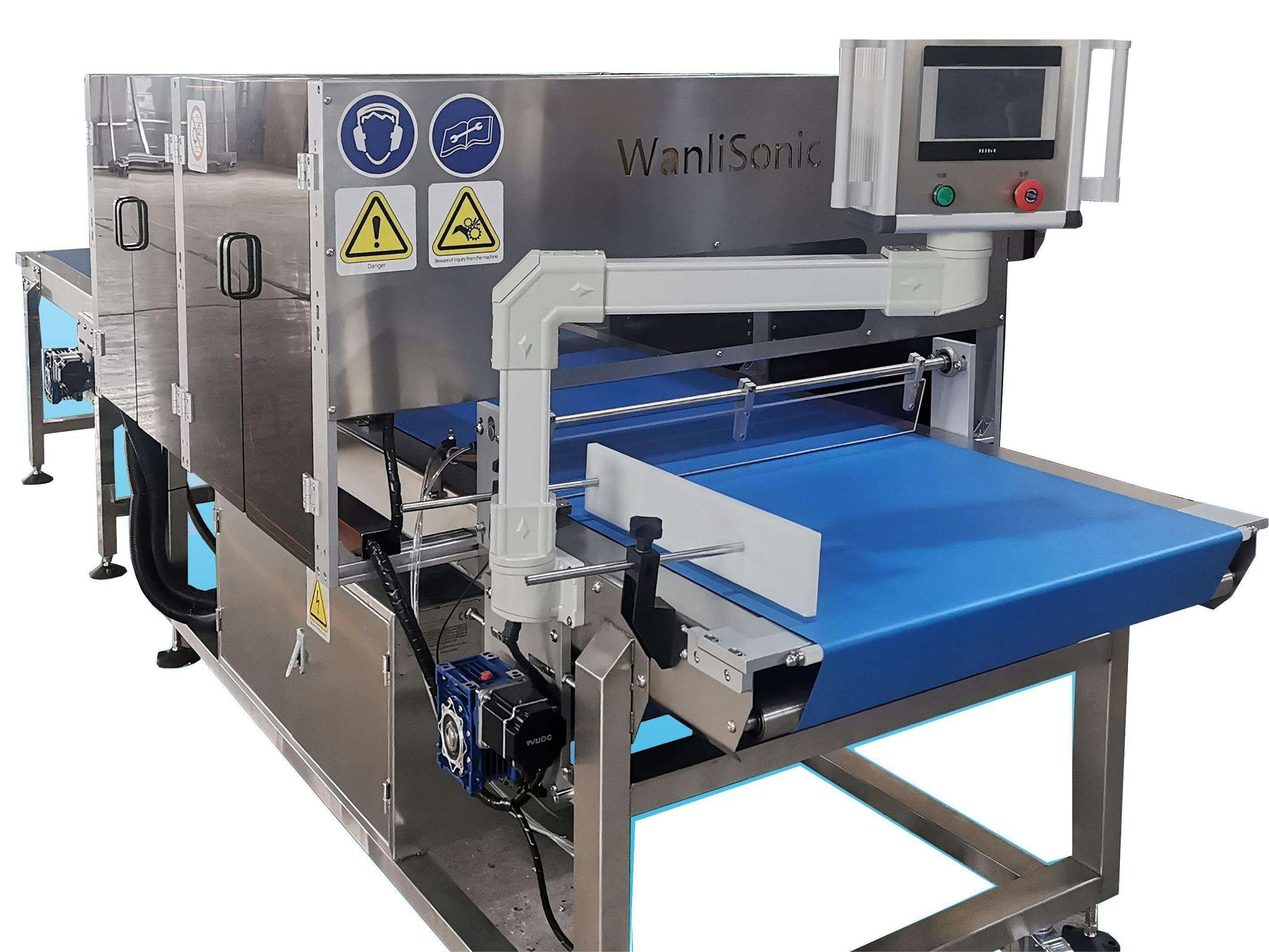After traditional cutting, apples are easily oxidized.
For many Americans, "ready-to-eat packaging" is the product form they are most accustomed to. The so-called "ready-to-eat packaging" refers to a product form that is washed, cut, and opened in a bag.
As a fruit, maintaining the quality after cutting is a huge challenge. In particular, apples are rich in polyphenol compounds-because of their good antioxidant properties, they are used as a source of "health benefits" for apples. At the same time, apples also contain "polyphenol oxidase"-in intact apples, it and polyphenol compounds are in different organelles, well water does not violate river water. Once the cells are broken, the two come together, and the oxidase promotes the oxidation of polyphenols to a dark brown substance. This is what is commonly referred to as "browning". The browned apple not only lost its attractive value, but also accompanied by a decline in flavor.
The easiest and crudest solution is to use "chemicals" to prevent oxidation after cutting. For example, calcium ascorbate is an antioxidant commonly used in food. Immerse the cut apple in an aqueous solution of calcium ascorbate to greatly inhibit the activity of polyphenol oxidase and keep the apple for a longer time without discoloration.
However, many people are instinctively wary of "food additives". After soaking in an aqueous solution, they still have some influence on the flavor. Americans have also explored the method of "drawing money at the bottom of the kettle" directly to prevent apples from producing polyphenol oxidase. Now that the genetic manipulation technology is very mature, this is not a difficult thing. A new variety that has been approved for marketing in the United States, "Arctic Apple", inhibits the synthesis of polyphenol oxidase through RNA interference. Apples of this variety will not easily change color after being cut.
In the picture above, the right side is "Arctic Apple", and the left side is the corresponding unreformed variety. After being cut open for a period of time, the unmodified varieties have begun to brown, and the genetically modified apple on the right is still the same.
In addition to the apple itself, scientists have found that the cutting method also has a significant effect on browning and the flavor of the apple.
As mentioned earlier, the browning of apples comes from the meeting of polyphenols and polyphenol oxidase after cell disruption. If the cutter is relatively blunt, more cells will be crushed and crushed when cutting; on the contrary, if the blade is sharp, it will be cut without too much compression, and fewer cells will be damaged. With the kind of "cutting apple device" in the previous picture, there are more cells that are crushed when cutting, and it is easy to brown after cutting.
Ultrasonic cutting is a processing technology that has been widely used in industry. A study published in the Journal of Food Science in 2019 explores changes in the storage of apples cut by ultrasound.
The study compared the results of cutting without ultrasound, and with 30%, 40%, and 50% ultrasound energy.
In the picture above, A and B are the cut sections of apples with and without ultrasound, respectively, and C and D are the cut sections of snake fruit with and without ultrasound, respectively. Compared with not using ultrasound, the cut surface using ultrasound is smoother, firmer, with less broken cells, and the browning speed is slower during storage. The researchers removed apples about 1 cm thick on the cut surface to detect polyphenol oxidase activity. The results showed that during the cutting process, ultrasound caused significant damage to polyphenol oxidase. The higher the ultrasonic energy, the stronger the damage.
Of course, the ultimate goal of the research is how to influence the flavor and taste. Twenty-three tasters were used to rate the study, with 1 indicating “extremely dislike” and 9 indicating “extremely like”. The results show that whether it is color or taste, the ultrasonically cut ones are much more popular; in the storage process, the ultrasonically cut samples are always far more popular than the non-ultrasonically cut ones.
For example, in the "overall acceptance" score, the average scores of non-ultrasound and 50% ultrasound cut Huang Shuai were 4.5 and 8.4, one week after 4.3 and 7.1, and two weeks after 3.3 and 5.7, respectively. That is to say, 50% of the apples cut by ultrasound, after two weeks, are more popular than when they were cut by non-ultrasound.
The same trend is happening in snake fruit. When it was just cut out, the non-ultrasonic cut score was 4.7, which was somewhere between “does n’t like it or not” and “a little dislike”, while the 50% ultrasound cut score was 8.3, which was between “very like” and “extreme Like it "; after two weeks, the non-ultrasound cut score was 1.7, between" very disliked "and" extremely disliked ", and the 50% ultrasound cut score was 5.7, which was between" indifferent Between "dislike" and "a little like".







